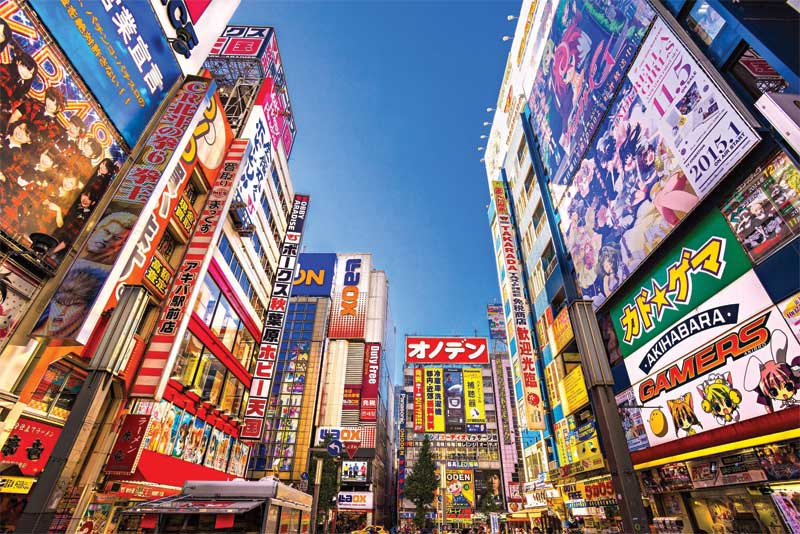By Craig M. Berger
When people hear the term ‘digital signage,’ the same image tends to come to mind: a flat screen streaming colourful content. Such a screen may vary in size and resolution, but the general presentation is the same.
Digital signage has become so common, it is nearly ubiquitous. And as screens become ubiquitous in public environments, even distinctive content can become invisible. When there is too much ‘sign clutter,’ people end up tuning out most of the displayed messages. As such, with the increase in digital signage rollouts in recent years, the effectiveness of the medium has arguably been reduced.
In such a scenario, making digital signage stand out may call for some non-digital enhancements.
Early days of dynamic signage
There is actually a long history of dynamic signs before they went digital.
The first mechanical news ticker, for example, was developed in 1928 for One Times Square in New York., N.Y., which remains a hub today for the city’s New Year’s Eve celebrations. It used an array of light bulbs and moving frames to spell out news headlines for passersby, a good 50 years before Times Square became a platform for giant TV screens.
Starting in the 1940s, the ‘flip disk’ became a standard technology for train stations’ schedule message boards. Companies like Artkraft Strauss went on to specialize developing ever-more elaborate dynamic signs, using a mix of changing lights and mechanical motion.






